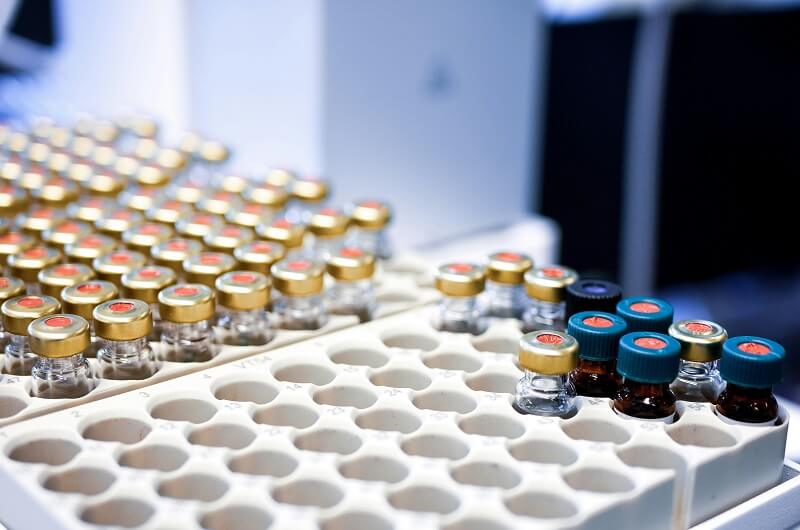Why More Men Are Choosing the No-Scalpel Vasectomy Method
In recent years, the demand for the no scalpel vasectomy has grown significantly among men seeking a reliable, permanent birth control option. Unlike traditional vasectomy techniques, the no scalpel method offers a minimally invasive approach with less pain, faster recovery, and fewer complications. As awareness spreads, more men are seeing it as a smart, modern solution for family planning.
1. What Is a No-Scalpel Vasectomy?
A no scalpel vasectomy is a surgical method of male sterilization designed to prevent sperm from reaching semen during ejaculation. Instead of using a scalpel to make incisions in the scrotum, the surgeon creates a tiny puncture hole using a special instrument. This puncture is so small that stitches are not required, reducing both bleeding and healing time.
Developed in China in the 1970s and introduced to the United States in the late 1980s, this technique has gained global popularity for its efficiency and patient-friendly approach.
2. How the No-Scalpel Method Works
The procedure is straightforward and typically completed in 10–30 minutes. After applying local anesthesia to numb the area, the doctor uses a pointed surgical tool to make a small puncture in the scrotum. The vas deferens—the tubes that carry sperm—is located, cut, and sealed using cauterization, sutures, or clips.
Because there are no incisions, the tissue trauma is minimal. Patients can usually walk out of the clinic within an hour and resume normal activities in a few days, with some advised rest.
3. Key Benefits That Attract Men to This Method
Less Pain and Discomfort
One of the top reasons men choose this method is the significantly lower pain level compared to traditional vasectomy. The absence of scalpel incisions means less tissue damage.
Faster Recovery Time
Most men can return to desk work within 1–2 days and to more active lifestyles within a week. This quick recovery appeals to men who cannot afford long downtime.
Lower Risk of Complications
With no large cuts, risks like infection, excessive bleeding, or noticeable scarring are greatly reduced.
No Need for General Anesthesia
The procedure is performed under local anesthesia, avoiding the risks and costs associated with full sedation.
4. Comparing No-Scalpel Vasectomy vs. Traditional Vasectomy
While both methods achieve the same result—permanent contraception—there are notable differences.
| Feature | No-Scalpel Vasectomy | Traditional Vasectomy |
| Incision Type | Small puncture | 1–2 scalpel incisions |
| Pain Level | Lower | Moderate |
| Recovery Time | 2–5 days | 7–10 days |
| Complication Risk | Lower | Higher |
| Scarring | Minimal to none | Possible |
The no scalpel method is often preferred by patients and recommended by doctors for its simplicity and safety.
5. Recovery and Aftercare: What Men Can Expect
Post-procedure care is simple but essential. Men are advised to rest for the first 24–48 hours, apply ice packs to reduce swelling, and wear supportive underwear. Over-the-counter pain medication usually suffices for discomfort.
Sexual activity can typically resume after one week, but patients should use alternative contraception until a follow-up sperm analysis confirms the absence of sperm, usually after 8–12 weeks.
6. Addressing Myths and Concerns
Many men worry about the impact of a vasectomy on sexual performance. The truth is, the no scalpel vasectomy does not affect testosterone levels, sexual drive, or the ability to have erections. Ejaculate volume remains nearly the same, as sperm accounts for only a small fraction of semen.
Another myth is that vasectomy is immediately effective. In reality, sperm may still be present for several weeks after the procedure, making backup contraception necessary until tests confirm sterility.
7. Effectiveness and Safety Rates
The no scalpel vasectomy is over 99.9% effective as a form of birth control, making it one of the most reliable methods available. Its safety record is excellent, with complications occurring in less than 1% of cases. Most side effects, if they occur, are mild and temporary—such as slight bruising or swelling.
8. Cost Considerations
The cost of a no scalpel vasectomy varies depending on location, provider experience, and whether insurance covers it. In the U.S., it typically ranges from $500 to $1,500. Many insurance plans cover all or part of the cost, as it is considered a preventive medical procedure.
Compared to the long-term cost of other birth control methods, the no scalpel vasectomy is a cost-effective option for couples who no longer wish to have children.
9. Why the Trend Is Growing Globally
The rising popularity of the no scalpel vasectomy can be attributed to changing attitudes toward male participation in family planning, better awareness of the procedure, and its proven safety and effectiveness. As men take more responsibility in shared contraception, this method stands out as a modern, responsible choice.
Public health campaigns and testimonials from satisfied patients also help break down misconceptions and encourage more men to consider the procedure.
Conclusion
The no scalpel vasectomy is transforming the way men think about permanent birth control. Offering minimal discomfort, quick recovery, and an exceptional safety record, it has become a preferred option for those seeking a hassle-free, long-term solution. As awareness grows, more men are recognizing that this small, simple procedure can have a big impact on their lives, their relationships, and their future plans.







